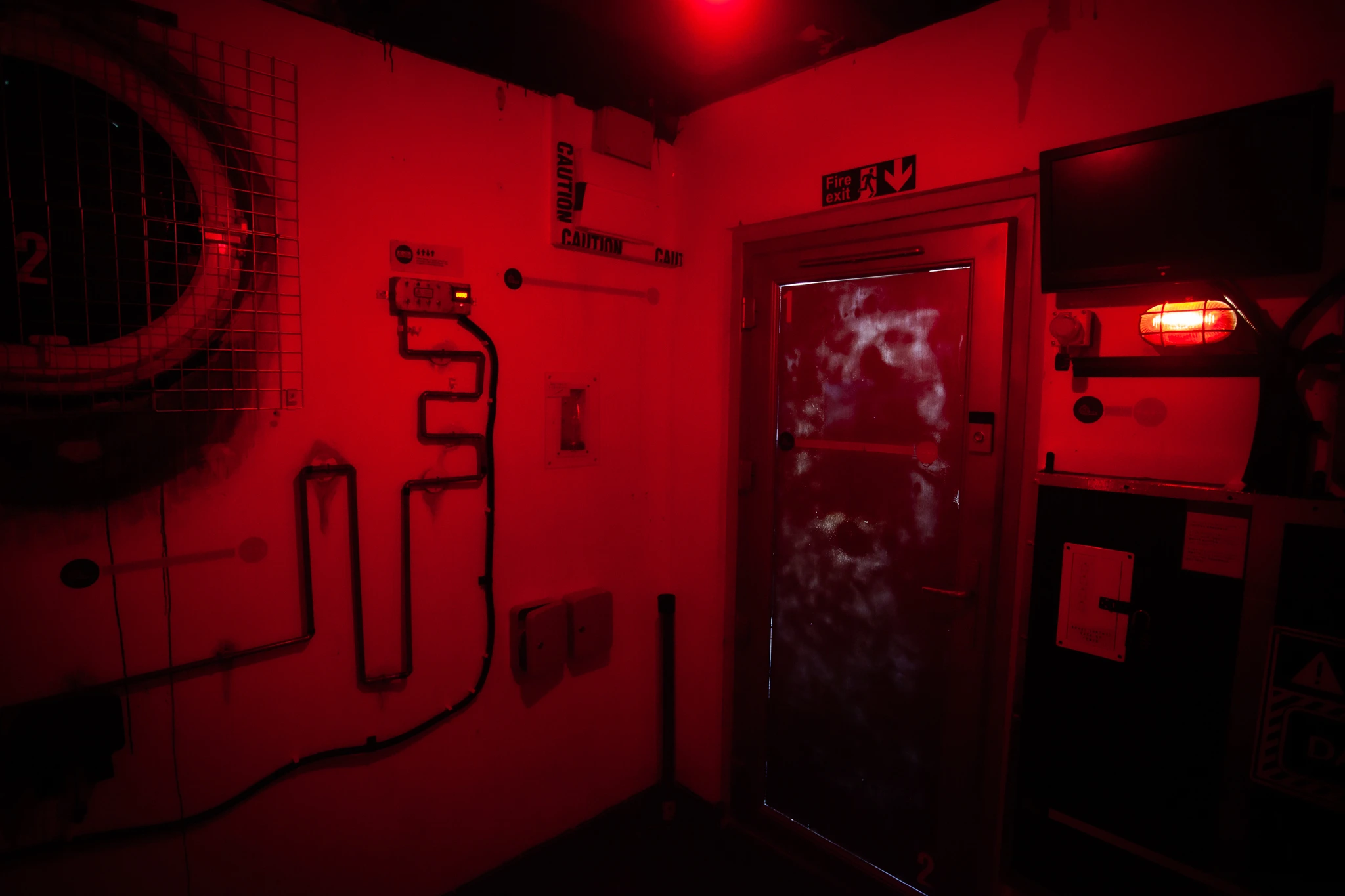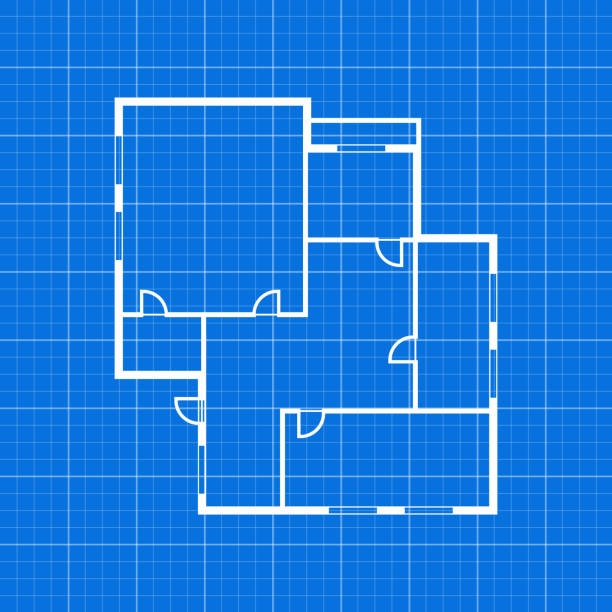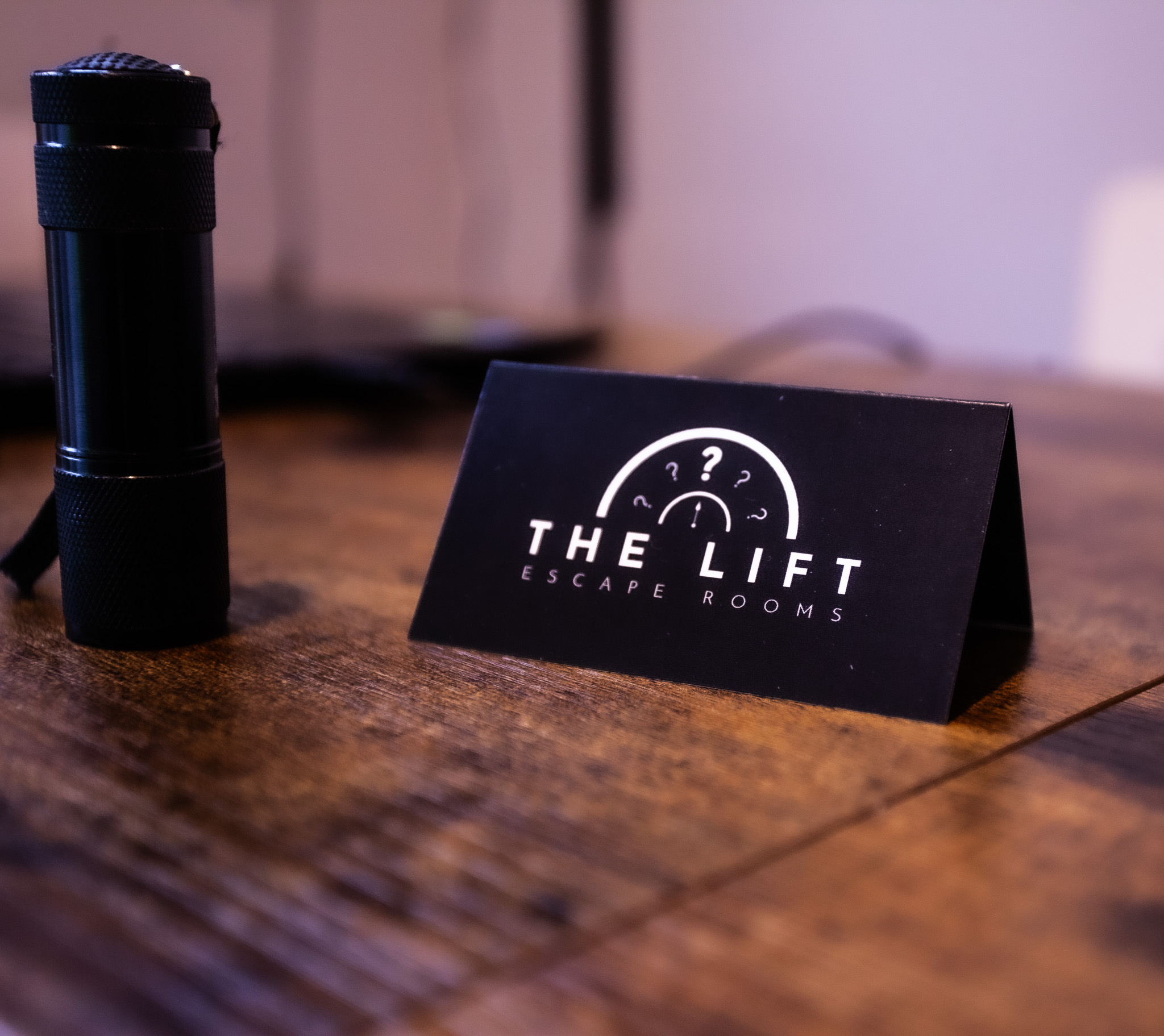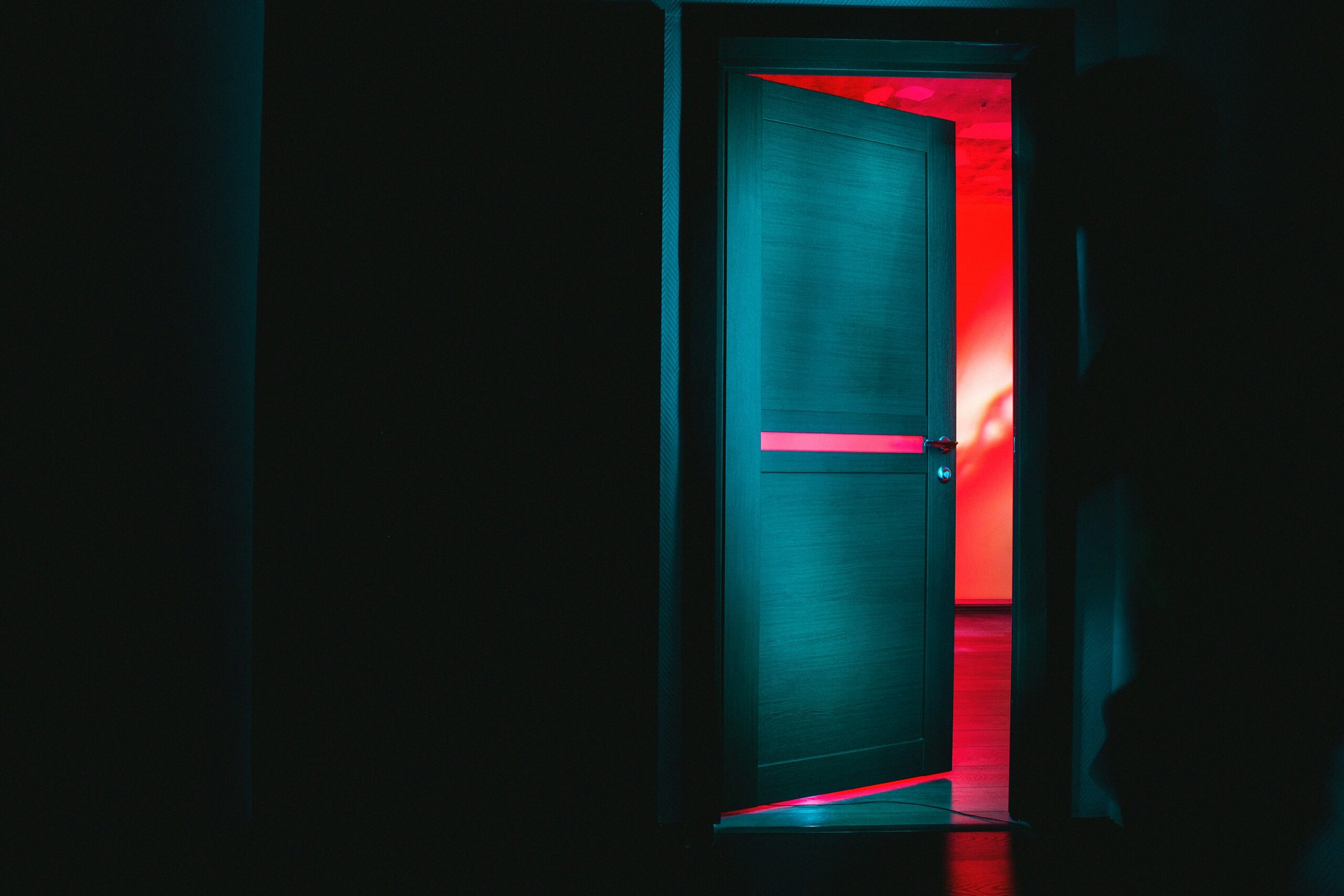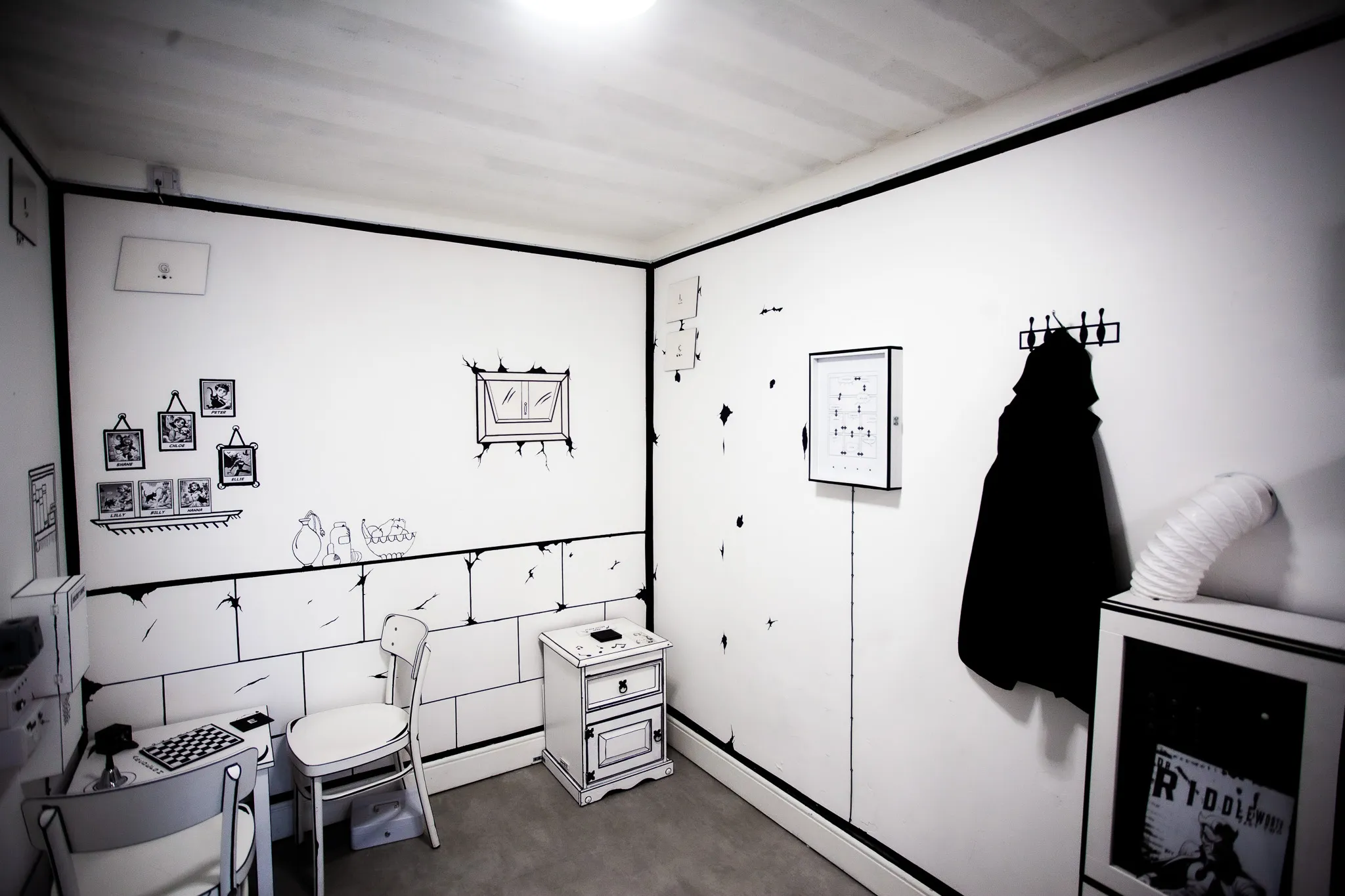When I first opened The Lift Shaft I had a little devil on my shoulder (also in the form of my partner and friends) shouting into my ear that the 2.1×2.1 meter, top floor space of an upright container I had just rented just wouldn’t work. For a moment, in all of the noise, I almost believed that too.
I hear this often “I’d love to build an escape room, experience, something, but I just don’t have the right space.” but the truth is there is no such thing as “the perfect space”. There’s just space… and what you do with it.
My first fault in designing was not the space I had chosen but how I utilised it – but as I have grown as an experience designer I’ve fallen in love with and leant into this untouched thought… I can create anywhere.
The Power of Contraints
I think I may have touched on this in every post I have made but it really does bleed into my ethos of design. Space is one of the best constraints to have in design, especially if ‘unique’ is your thing.
Every creative person knows that limitations can be a gift — but in spatial design, they’re often your secret weapon. When you can’t rely on spectacle, you’re forced to think differently. You focus on tension, pacing, storytelling, and how players interact with the world around them.
Every space I have designed for has needed that something extra. Personally, I was never interested in building another space ship, Sherlock Holmes or wizard themed room so the spaces I have found helped in shaping my experiences into something unique, intimate and full of character.
Design WITH the Space, Not Against It
When you walk into a potential venue, don’t start by imagining how to hide its flaws — look for what makes it special. What’s the natural personality of the space? The texture of the walls, the hum of the lights, the echo — these are all storytelling tools. They’re clues to what the experience wants to be.
A low ceiling might suggest tension and claustrophobia. A random alcove? That’s a hiding place for a… wooden cross (That’s a nice little tip for Lock & Rock so bear that in mind!).
The trick is to collaborate with the space. Let it tell you what kind of story it wants to hold. Something I have learnt in my many years as a musician, is that you you’re not fighting the instrument into submission. You’re having a conversation with it and the same should stand when designing – converse with the space. It’s telling you things and we should all listen.
Removing Peripheral Awareness
What is Peripheral Awareness? It’s something that most escape room designers want to retain. Solving puzzles in an escape room almost always requires your team to have peripheral awareness – and we help this along in our design wether we use sounds, smells, colours or lights. We pull the attention of our players around the room.
What if we don’t want that? Imaging an experience that requires focus and attention on a small, intimate space. An experience that involves the participant to forget everything around them.
It’s a tool that really helps when designing for small, intimate spaces and something I learned in my time as a professional magician.
Some may call that misdirection and while it’s similar, it is different. As a conjuror I’m trained to pull the attention away from the sneaky stuff happening right in front of their eyes. Removing someones peripheral awareness if pulling them in closer, letting them see everything while forgetting everything else around them.
Pulling focus in works as well, and sometimes better, than having many points of focus in a large room.
Making the Small…. Big
Let’s get practical for a second. If you’re designing in a small or awkward location, there are a few tricks that can make the space feel expansive:
- Design the journey, not just the layout. Think about emotional flow before physical flow — moments of pressure and release.
- Play with light and sound. These tools can “stretch” a room in the player’s imagination, creating distance and atmosphere. Darkening or lightening a corner can have a massive impact on the perceived size. Different levels of sound create distance in the players minds.
- Use verticality. Don’t just build out — build up (and down). People rarely look above or below eye level in games. Changing this can add levels to your experience. In The Lift Shaft we designed puzzles that require the players to look higher than eye level. This plays as a reminder of the size of the space and creates more tension.
- Keep movement purposeful. A small space can still feel dynamic if players are always chasing meaning, not just walking around. Even if it’s following the walls in one direction around the room, if there is a narrative purpose then it will feel energetic and pressured.
Remember: immersion doesn’t come from square footage. It comes from focus, rhythm, and imagination.
The Real World….
I’ve built escape rooms in places that many people wouldn’t look at and the immersion and design is what people praise it for. They are memorable for the uniqueness it helped inspire.
Mayday Airways is a good example of utilising a space that was small and awkward. A small passenger cabin with one row of seats and one door leading to the cockpit. It’s tight… but that’s what will make the experience so immersive and realistic.
Tried moving on a plane? Imagine solving puzzles on said plane. It wouldn’t be comfortable. No one would question the space though. The space gave me many a constraint to work with and that has driven me to make it something special.
The Magic of Making Something from Nothing
Every designer dreams of the perfect blank canvas — but in truth, the most interesting work often comes from painting over the cracks.
You don’t need a warehouse to build wonder. You just need imagination, a willingness to listen to your space, and sometimes, yes — a literal hole in the wall.
Because when players step into your world, they won’t care about the square footage.
They’ll remember how it felt.
